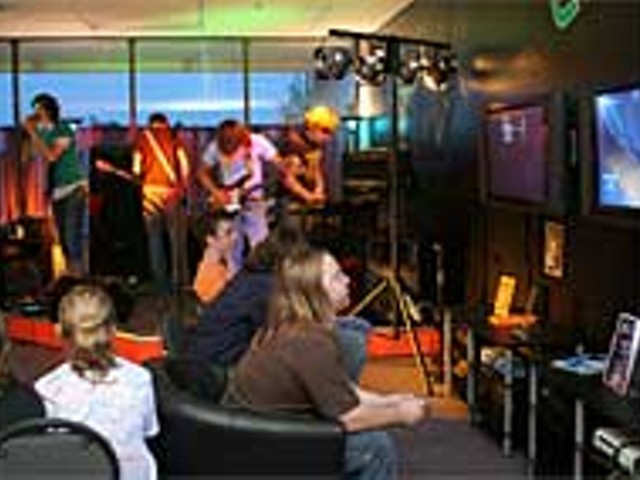While most people spend their lives playing by the rules, Fred Goodman has spent his making them. When you’ve made a career of creating games, it’s sometimes hard to tell the difference between work and play. Since officially retiring last year after nearly five decades in the education department at the University of Michigan, Fred Goodman claims he’s taking it easy, and has more time for projects, such as jurying Game Show Detroit.
“I’m down to an 8- to 10-hour day, designing games for mobile entertainment,” the internationally known game-master quips, speaking over the phone from his retirement home in West Lake Village, Calif., near Los Angeles. Even now, after a distinguished career devising educational games primarily for the K-12 market, Goodman still dedicates himself to getting people to spend their time learning. “I’m trying to use cell phones to expand the attention span rather than contract it.”
His approach to game design makes use of metaphors as opposed to simulations, lending itself to applications in art, he says. His recent games use color, shape and form to represent complex decisions in graphical ways. This provides avenues for managing conflicting points of view, teaching you how to think inventively and adapt to your environment in new ways.
One of Goodman’s earliest and most well-known games is the cleverly titled “They Shoot Marbles, Don’t They?” It was originally created for the Highland Park school system in response to the 1967 civil disturbances in Detroit. Rather than creating a board game representing the city, he set up a playing field based on rules of the community, asking participants to shoot and trade colored marbles to win rewards and pay costs, such as taxes. He sold thousands of copies to educators worldwide. “I built a model and let the kids try to police it,” Goodman says. “Pretty soon they realized they needed things like judges, laws, etc.”
Goodman started working with artists about 10 years ago when he moved to Whidbey Island near Seattle, and began commuting to Ann Arbor to teach. The island is home to many artists, several of whom started making artworks based on his games. A local museum there did an exhibition called “Game Show.” A discussion about the show with CAID president Nick Sousanis led to Game Show Detroit.
“I thoroughly believe in the exhibition’s tagline (of gaming as a catalyst for appreciating art and building community),” he says. “Something has started that won’t stop on July 22, when the show closes.” With Goodman, the game is never over, it’s always just begun.
Vince Carducci writes about arts for Metro Times. Send comments to [email protected]




